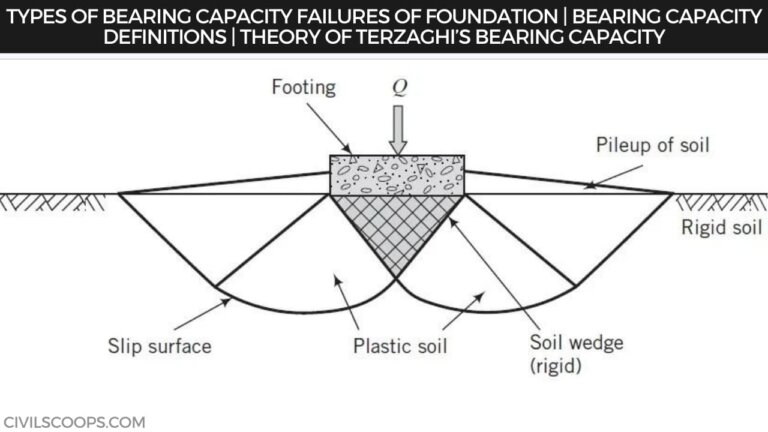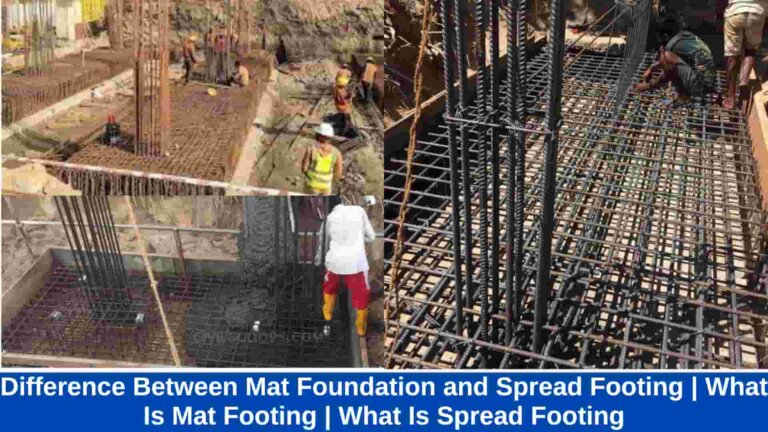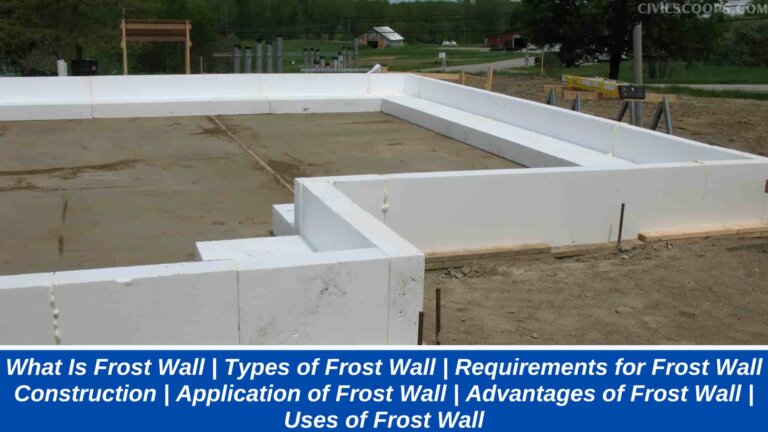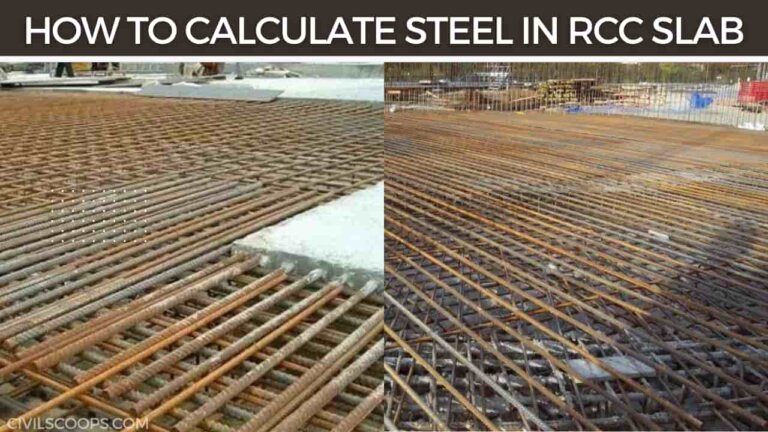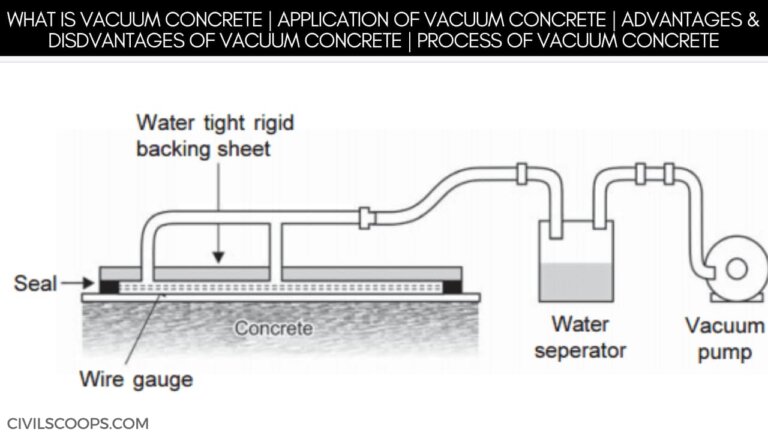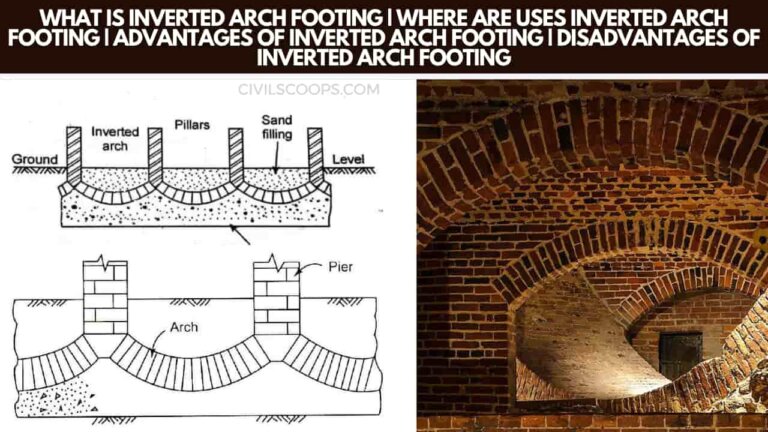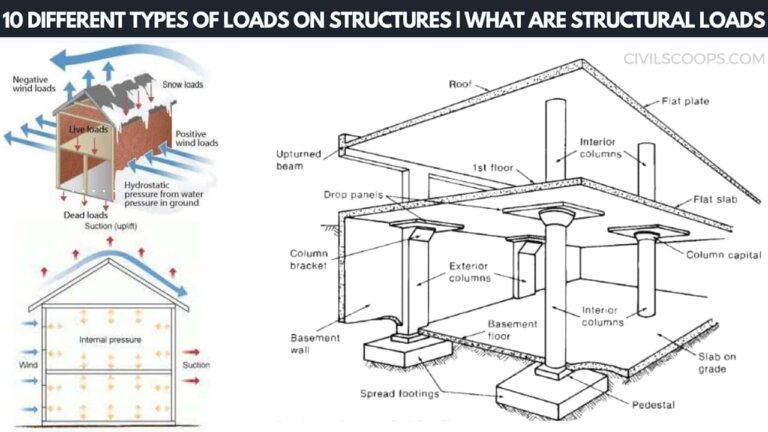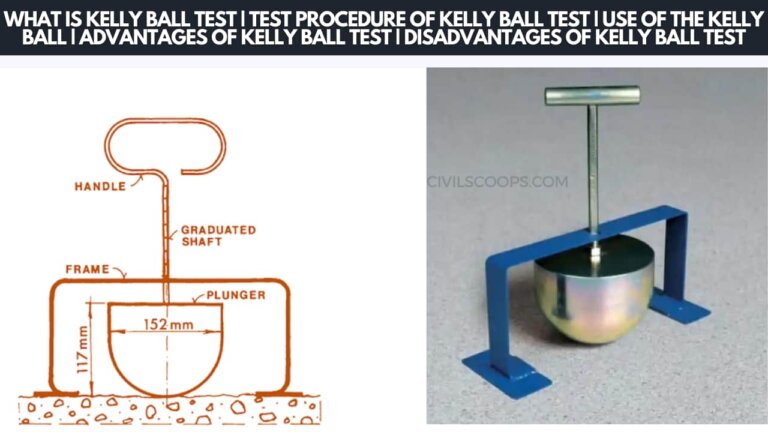Types of Bearing Capacity Failures of Foundation | Bearing Capacity Definitions | Theory of Terzaghi’s Bearing Capacity
Bearing Capacity Definitions Bearing capacity: It is the loading capacity of the soil. Ultimate bearing capacity (qu): That is the least gross pressure that will result in the shear collapse of the supporting soil directly below the foundation. Net ultimate bearing power (qun): it is the net strain that can be added to the foundation…

